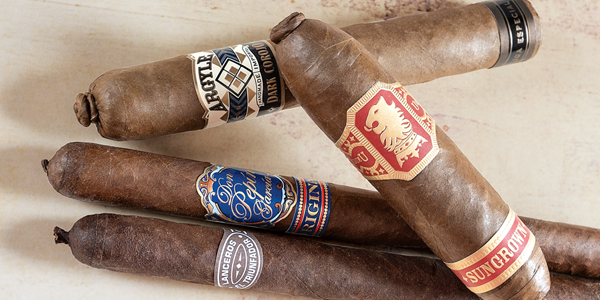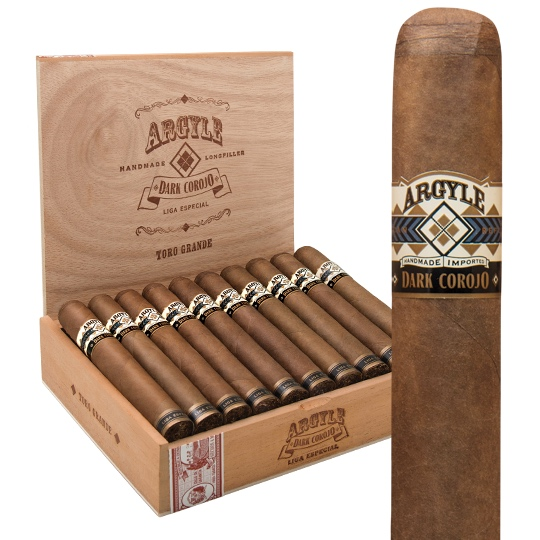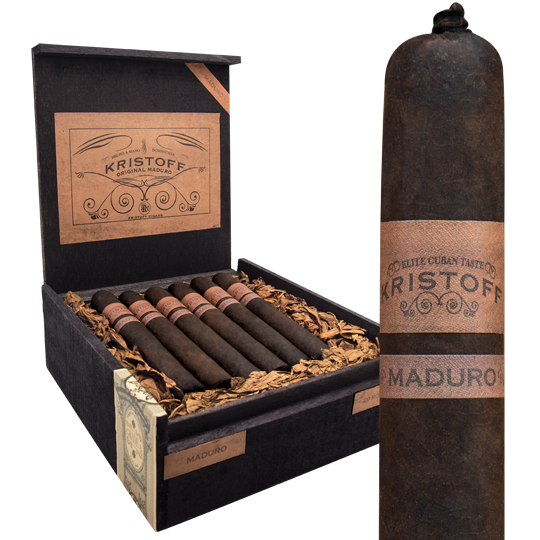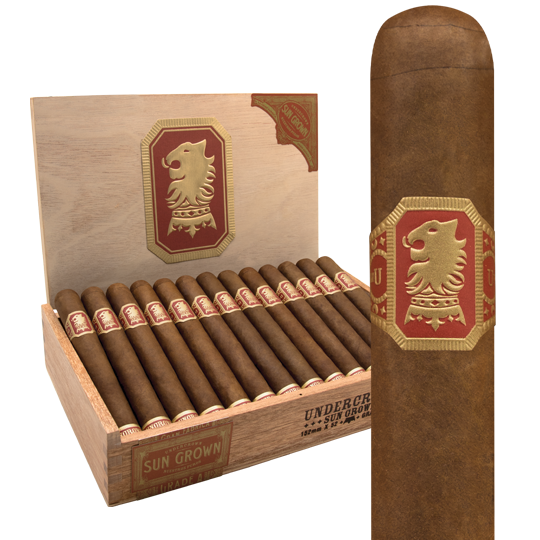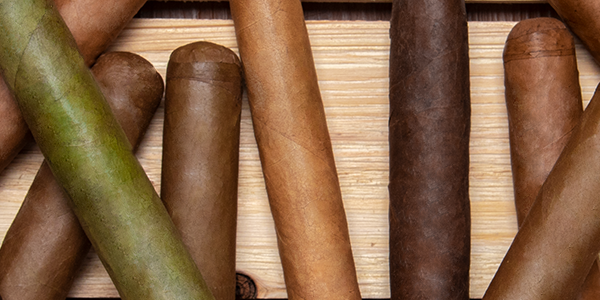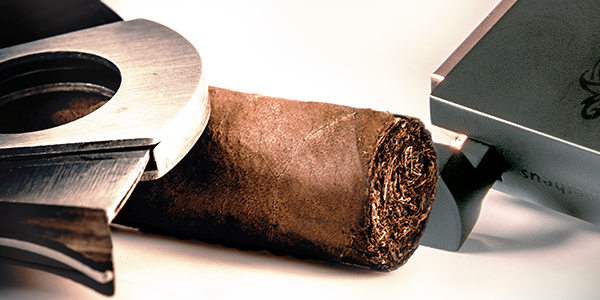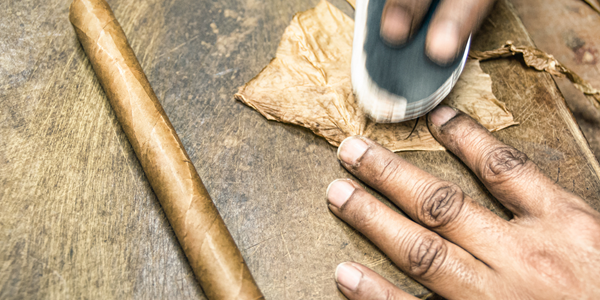What Are Pigtail Cigars & How Do You Cut Them?
Pigtail cigars stand out on store shelves because their caps have a twisted end that resembles, as the name implies, a pig’s tail. Pigtail caps can also look like bomb fuses. Some consider pigtail caps purely aesthetic, others find they serve a practical function in that the cigar’s cap can simply be twisted off without a cutter. Why do cigar-makers create cigars with pigtails and how do you cut them? Let’s look at some popular examples.
History of Pigtail Cigars
It’s tough to reveal the exact origins of pigtail cigars, but most would point to Cuban Cohiba Lanceros, first rolled in the 1960s at the El Laguito factory. These early Cohibas were rolled for Fidel Castro’s personal consumption and were not available to the public. The Lancero is a long and slender cigar, typically 7.5 inches with a 38 ring gauge. The shape experienced a brief renaissance in the mid-2000s. Lanceros are difficult to roll because they are notoriously easy to overfill or under-fill.
Popular Pigtail Cigars
Although many Lanceros are customarily finished with a pigtail cap, the twisted head can be found on a handful of other cigar shapes. Lanceros with pigtail caps include the ultra-rare Fuente Fuente Opus X Lancero, My Father La Promesa Lancero, Don Pepin Garcia Original Lancero, and Tatuaje El Triunfador Original Lancero.
Other shapes, like the short and fat Liga Privada Flying Pigs, are insanely sought-after Perfectos with pigtail caps. Drew Estate first released limited edition Flying Pigs in its popular Liga Privada No. 9 and T52 blends. Because they quickly sold out, the company began making Flying Pigs in its Liga Privada Undercown series with different wrapper options, including Sun Grown and San Andrés, to keep up with demand for the artful shape. Drew Estate’s popular infused Acid Blondie cigars are rolled in a petite 4 x 38 shape with a pigtail cap.
Pigtail caps are standard on nearly every cigar in the value-based Kristoff portfolio. The cigars are packaged in rustic boxes on a cushion of loose tobacco scraps. The pigtail caps on Kristoff cigars convey a simple, old-time look that has helped the brand stand out. Another great Dominican-made value cigar, Argyle Dark Corojo, includes a pigtail cap on the 5.25 x 50 Rogue.
Cutting a Pigtail Cigar
While there isn’t a right or wrong way to cut your cigar, how you cut it can make a difference in its burn, or performance. The type of cut you prefer is personal and it really depends on whether you enjoy a looser or a tighter draw.
Should You Twist the Cap Off a Pigtail Cigar?
You can, but you don’t have to. It’s easier to cut a pigtail cigar without a cutter than a cigar with a standard cap. The trick to cutting a pigtail cigar without a cutter is to twist the pigtail off quickly to create an opening in the cap. You don’t want to tear the cap apart or unravel the wrapper leaf, which can happen if you try tear the pigtail off too slowly. If you can’t twist it off in a clean motion, consider using your cutter to slice off any sections of the cap that are still attached.
Can You Use a Straight Cutter on Pigtail Cigar?
The easiest way to cut a pigtail cigar is to cut the pigtail at its base with a standard guillotine, or straight cutter. Snip off just enough to get a smooth draw on the cigar. Cutter deeper if you prefer a cooler, bigger draw, like you would on a standard Parejo.
Can You Use a V-Cutter on a Pigtail Cigar?
Yes, but try to remove the pigtail at its base, the same way you would with a straight cutter. You can wind up with a messy draw if the pigtail gets snarled in the blade of a V-cutter.
Can You Use a Punch Cutter on a Pigtail Cigar?
Not exactly. Cutting a pigtail cigar with a punch cutter is counterintuitive. If you’re obsessed with using a punch on your cigars, it’s best to remove the pigtail cap first by twisting it off. You can then “clean up” the cap with a punch cut, but you’ve likely already removed enough of the cap to create a sufficient draw.

